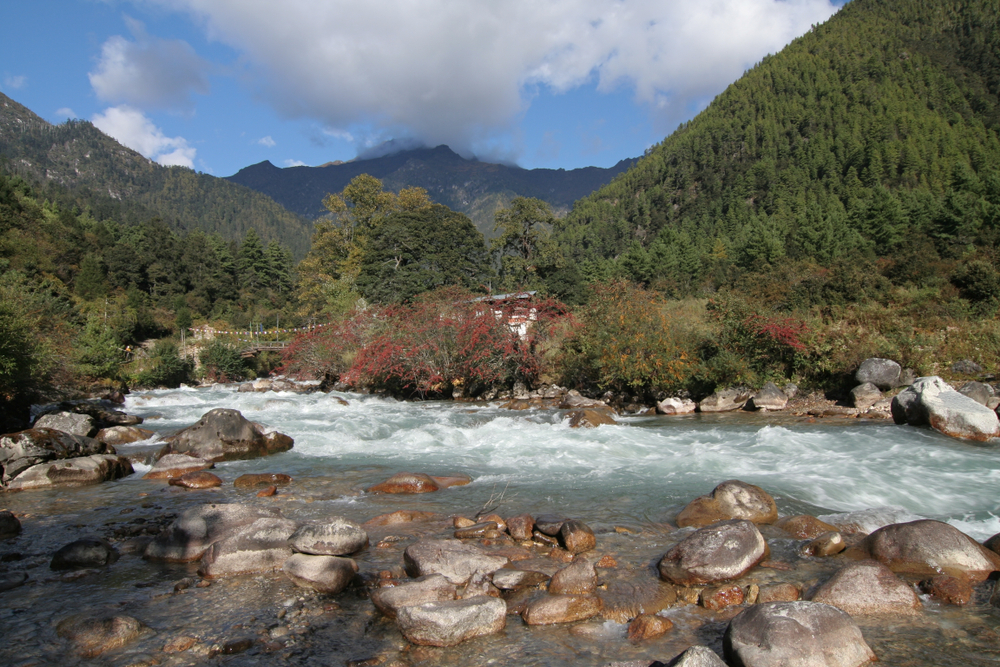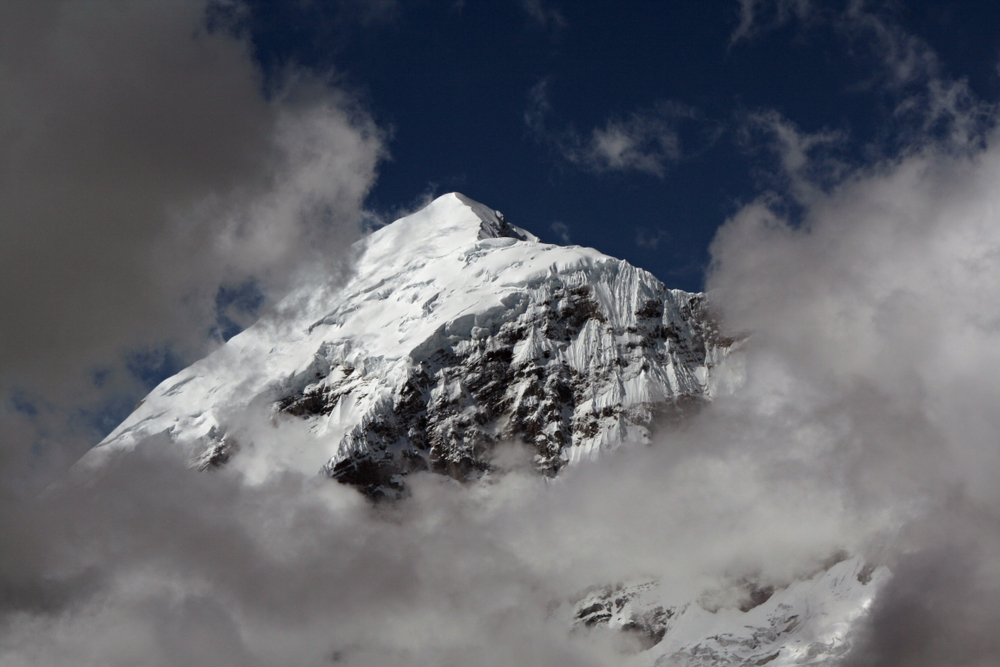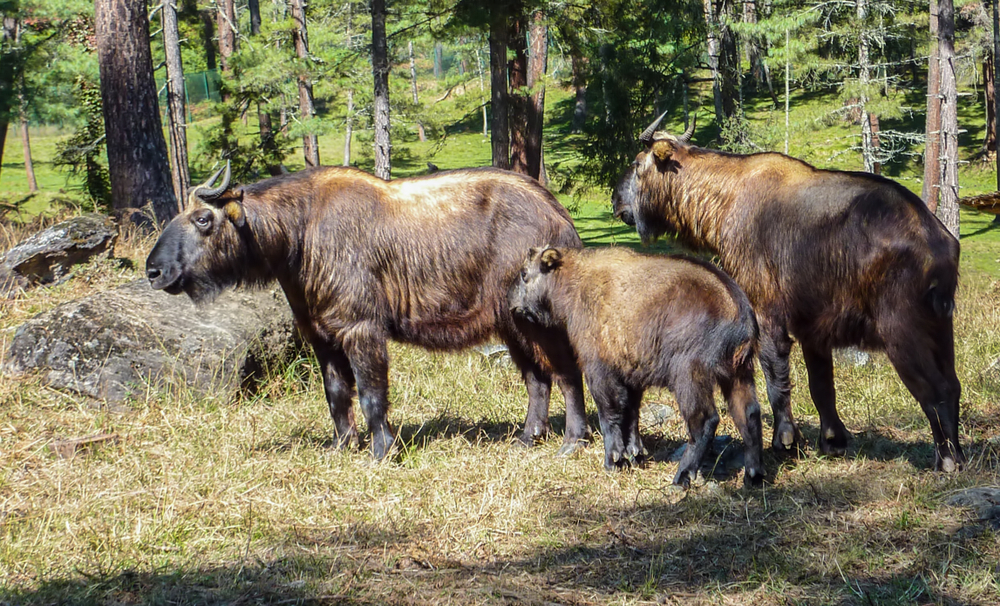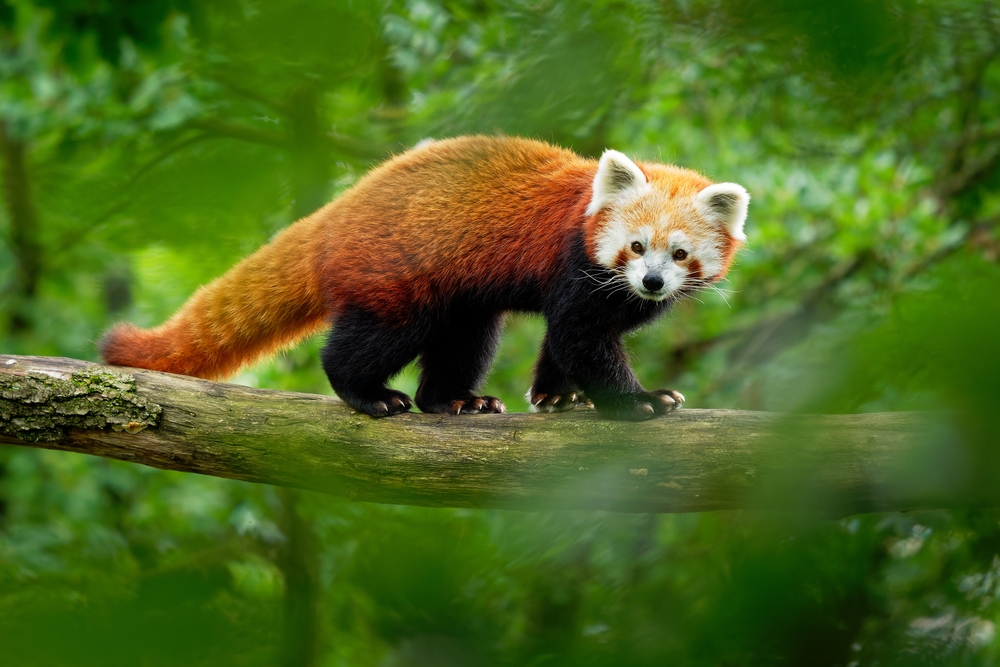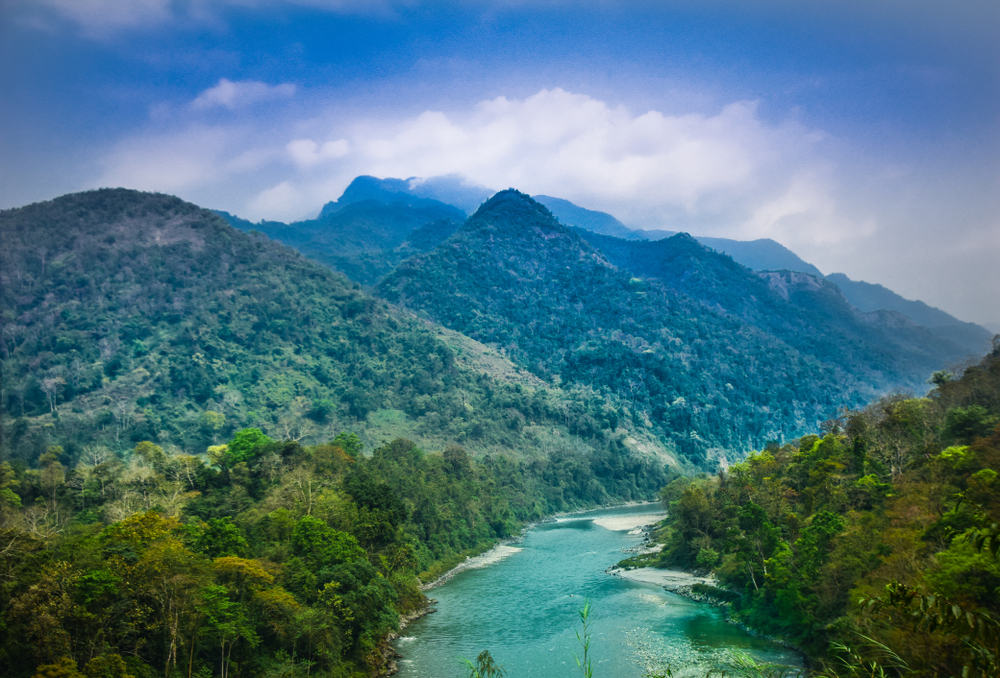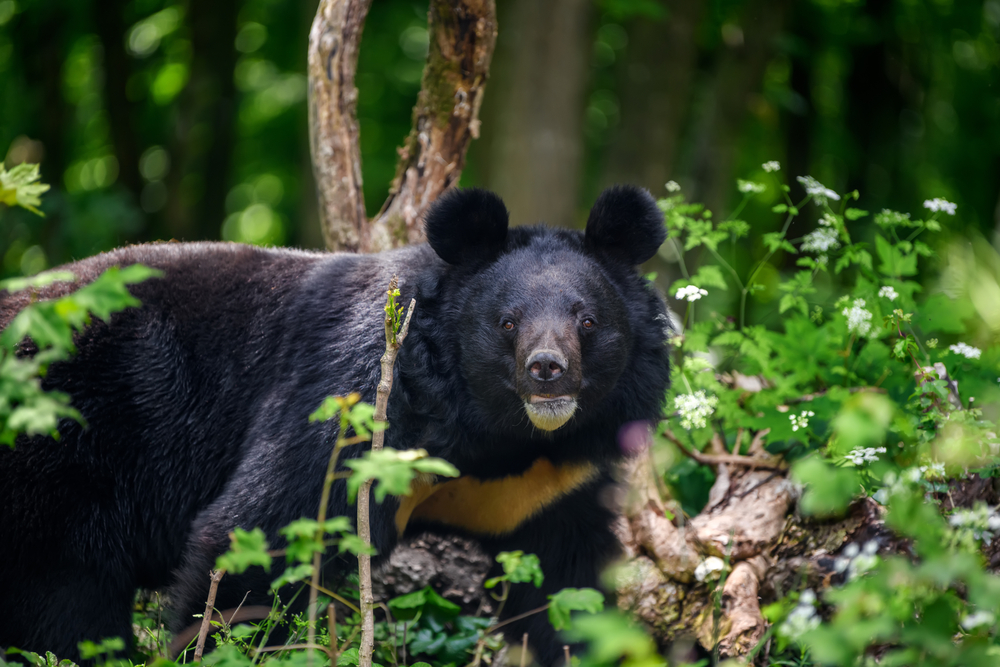Bhutan, a small yet ecologically rich kingdom in the Himalayas, is home to five officially recognized national parks, each embodying the country’s deep commitment to environmental conservation and sustainable development. Together, these parks safeguard a wide array of ecosystems, ranging from subtropical lowlands to high-altitude alpine zones, while protecting some of the most threatened species on the planet, including the Bengal tiger, snow leopard, and red panda. Bhutan’s constitution mandates that at least 60% of its land remain under forest cover, reflecting its philosophy of Gross National Happiness, which prioritizes harmony between people and nature.
Among Bhutan’s national parks, Jigme Dorji National Park stands out for its ecological and cultural significance. Spanning over 4,300 square kilometers, it is one of the largest protected areas in Bhutan and features diverse landscapes, including glaciers, rivers, forests, and alpine meadows. Known as the “treasure house of biodiversity,” the park provides sanctuary for rare species like the snow leopard, Himalayan blue sheep, and takin, Bhutan’s national animal. The park also contains culturally significant sites, such as the sacred Gasa Dzong and various ancient monasteries.
Royal Manas National Park, Bhutan’s oldest national park, is another crown jewel of the country’s conservation efforts. Connected to India’s UNESCO-listed Manas National Park, it serves as a critical habitat for iconic species like tigers, elephants, and one-horned rhinoceroses. The park’s subtropical forests and river systems host a remarkable array of biodiversity, making it an excellent destination for nature lovers. This transboundary park also highlights Bhutan’s collaborative approach to conservation, bridging ecosystems across international borders.
Phrumsengla National Park, located in central Bhutan, is known for its dramatic landscapes and rich birdlife. Visitors are drawn to its lush forests, high mountain passes, and unique flora and fauna, including the rare rufous-necked hornbill and Bhutanese blue poppy. The park offers a haven for eco-tourism and trekking, with its pristine environment providing an unforgettable experience for adventurers.
While Bhutan has achieved remarkable conservation success, challenges persist. Human-wildlife conflict remains a pressing issue, with farmers frequently losing crops and livestock to protected species. Climate change, particularly the risk of glacial lake outburst floods, also threatens these fragile ecosystems. However, Bhutan’s innovative conservation strategies, including eco-tourism, community-based wildlife management, and transboundary collaboration, have earned global recognition. The country’s national parks exemplify a harmonious coexistence between people, nature, and cultural heritage, making them treasures of global importance.








































































